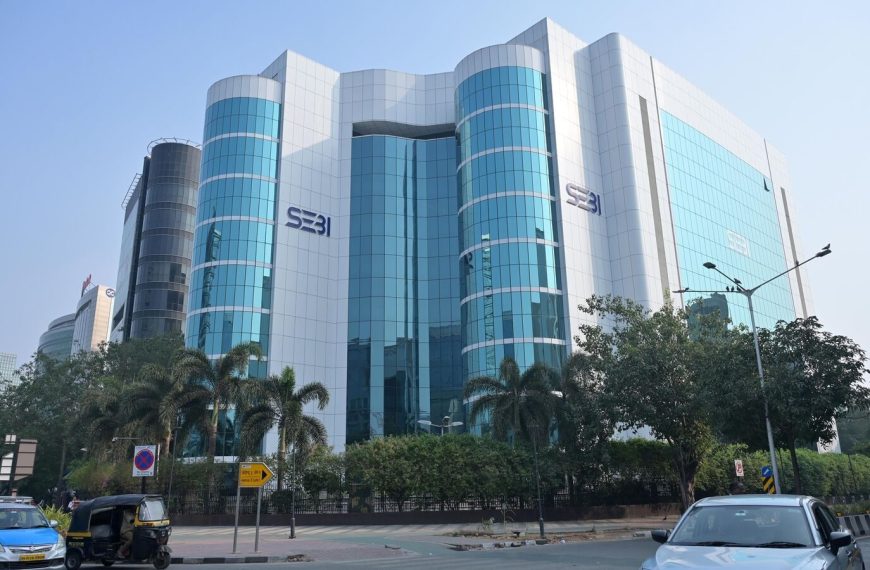The recent turmoil in the U.S. stock market has raised alarms among investors, as significant declines have been recorded following President Donald Trump’s latest tariff initiatives aimed at numerous countries. These tariffs have sparked concerns about a potential trade war that could jeopardize global economic stability, heighten inflation, and adversely impact corporate profits. The market’s response has been swift, with the S&P 500 plunging by 5.97% and the Dow Jones Industrial Average dropping 5.50%, while the technology-focused Nasdaq saw a decrease of 5.73%.
Major Declines in the Stock Market
This recent downturn has resulted in the S&P 500 experiencing its most significant weekly loss since March 2020, while the Nasdaq Composite has now fallen over 20% from its peak last December. Additionally, the Dow Jones has suffered a drop exceeding 10% from its all-time high.
What’s Causing the Market Selloff?
While Trump’s tariffs are a primary catalyst for this market upheaval, several other factors are contributing to the downturn on Wall Street.
1. Trade War Concerns
The aggressive tariff strategy initiated by Trump has triggered fears of a trade war, which could have far-reaching implications for global economic growth and inflation. Just recently, China retaliated by announcing a 34% tariff on all U.S. imports. The European Union is also contemplating various countermeasures, and India is seeking solutions to mitigate the tariff conflict with the U.S.
Madhavi Arora, Lead Economist at Emkay Global Financial Services, remarked, "The tariffs imposed overnight have been more severe than anticipated. We view this as the start of a new phase in the trade war, which will create a challenging investment climate."
2. Inflationary Pressures
Inflation has emerged as a significant concern in the post-COVID landscape. The ongoing trade disputes are feared to exacerbate inflation rates, negatively impacting corporate margins and consumer confidence. A large volume of imports, including essential goods like fruits, vegetables, and electronics from countries such as Canada, Mexico, and China, could see price hikes due to increased tariffs.
Arora believes that these tariffs could compress profit margins for U.S. corporations while simultaneously driving inflation higher, ultimately negating any fiscal benefits from the tariffs.
3. Stagflation Risks
The combination of a slowing economy and rising inflation raises the specter of stagflation. J.P. Morgan has upped the likelihood of a recession in the U.S. and globally to 60%.
4. Uncertainty Around Interest Rates
The outlook for interest rate adjustments by the U.S. Federal Reserve remains murky. Some analysts predict that the tariffs could significantly hinder economic growth, prompting the Fed to consider quicker rate cuts, while others urge caution. Jerome Powell, Chair of the Federal Reserve, indicated that the trade war’s repercussions might be more severe than anticipated, leading to higher inflation and slower economic growth. He stated, "The outlook is highly uncertain, with significant risks of both increased unemployment and inflation."
5. Shift Towards Safer Investments
As economic uncertainty looms and recession fears grow, investors are gravitating towards safer assets like government bonds. This trend has led to a decline in the yield on 10-year U.S. Treasury bonds, which fell below 4%, marking its largest weekly drop since July 2024.
The evolving situation in the stock market underscores the importance of staying informed about these developments. For more insights on market trends and investment strategies, explore our other articles on market analysis and economic forecasts.











